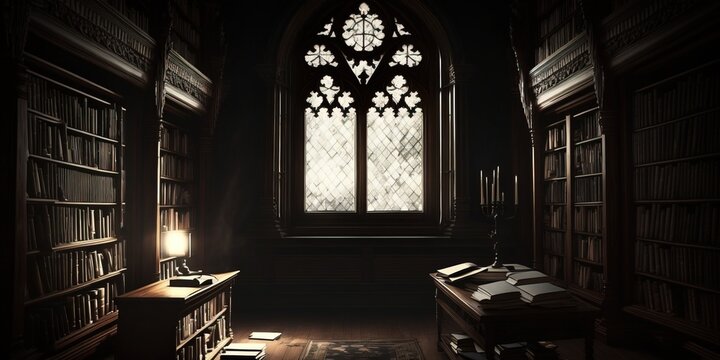
FAQ About Gothic Literature
Gothic Literature
2 years ago | gizem
How does the genre incorporate elements of psychological horror?
Gothic Literature often incorporates elements of psychological horror to create a sense of unease, fear, and psychological tension in the reader. This subgenre of horror focuses on the exploration of the human psyche, the unraveling of characters' mental states, and the blurring of the line between reality and delusion. Here's how Gothic Literature achieves psychological horror:
- Unreliable Narrators: Many Gothic stories feature unreliable narrators whose perceptions and interpretations of events may be distorted by their mental state, trauma, or obsession. This uncertainty about the narrator's reliability adds a layer of psychological complexity.
- Isolation and Confinement: Characters in Gothic literature are often isolated or confined in remote or claustrophobic settings, such as haunted houses, monasteries, or asylums. This isolation intensifies their psychological distress and contributes to a sense of dread.
- Psychological Torment: Characters in Gothic literature frequently endure psychological torment, which can take the form of hallucinations, nightmares, or torment by malevolent forces. Their experiences challenge their sanity and create a disturbing atmosphere.
- Duality and Split Personalities: The theme of duality and split personalities is common in Gothic tales. Characters may grapple with inner conflicts, alternate identities, or the manifestation of their darker selves, blurring the line between reality and delusion.
- Obsession and Fixation: Obsessive characters are a staple of Gothic literature. Their fixations on objects, individuals, or ideas can lead to psychological unraveling as they become consumed by their obsessions.
- Haunted Minds and Memories: Psychological horror often revolves around haunted minds and memories. Characters may be haunted by traumatic pasts, repressed memories, or the guilt of their actions, leading to psychological distress and terror.
- Inversion of Reality: Gothic literature frequently challenges the reader's perception of reality by blurring the boundaries between the supernatural and the psychological. Characters may question whether their experiences are real or imagined.
- Symbolism and Metaphor: Elements of psychological horror are often conveyed through symbolism and metaphor. Nightmares, visions, and supernatural encounters can represent the characters' inner fears, desires, or subconscious conflicts.
- Themes of Madness: Madness is a recurring theme in Gothic literature. Characters may descend into madness or grapple with the fear of going insane. The genre explores the thin line between sanity and madness.
- Moral and Ethical Dilemmas: Characters in Gothic tales often face moral and ethical dilemmas that test their psychological resilience. These dilemmas can lead to inner turmoil and moral decay.
- The Uncanny: The uncanny, where the familiar becomes strange and unsettling, is a hallmark of psychological horror in Gothic literature. It involves experiences that feel simultaneously familiar and eerie, creating a sense of psychological discomfort.
- Psychological Horror as Social Commentary: In some cases, Gothic literature uses psychological horror as a means of social commentary. It can reflect the anxieties and psychological pressures of the era in which it was written.
